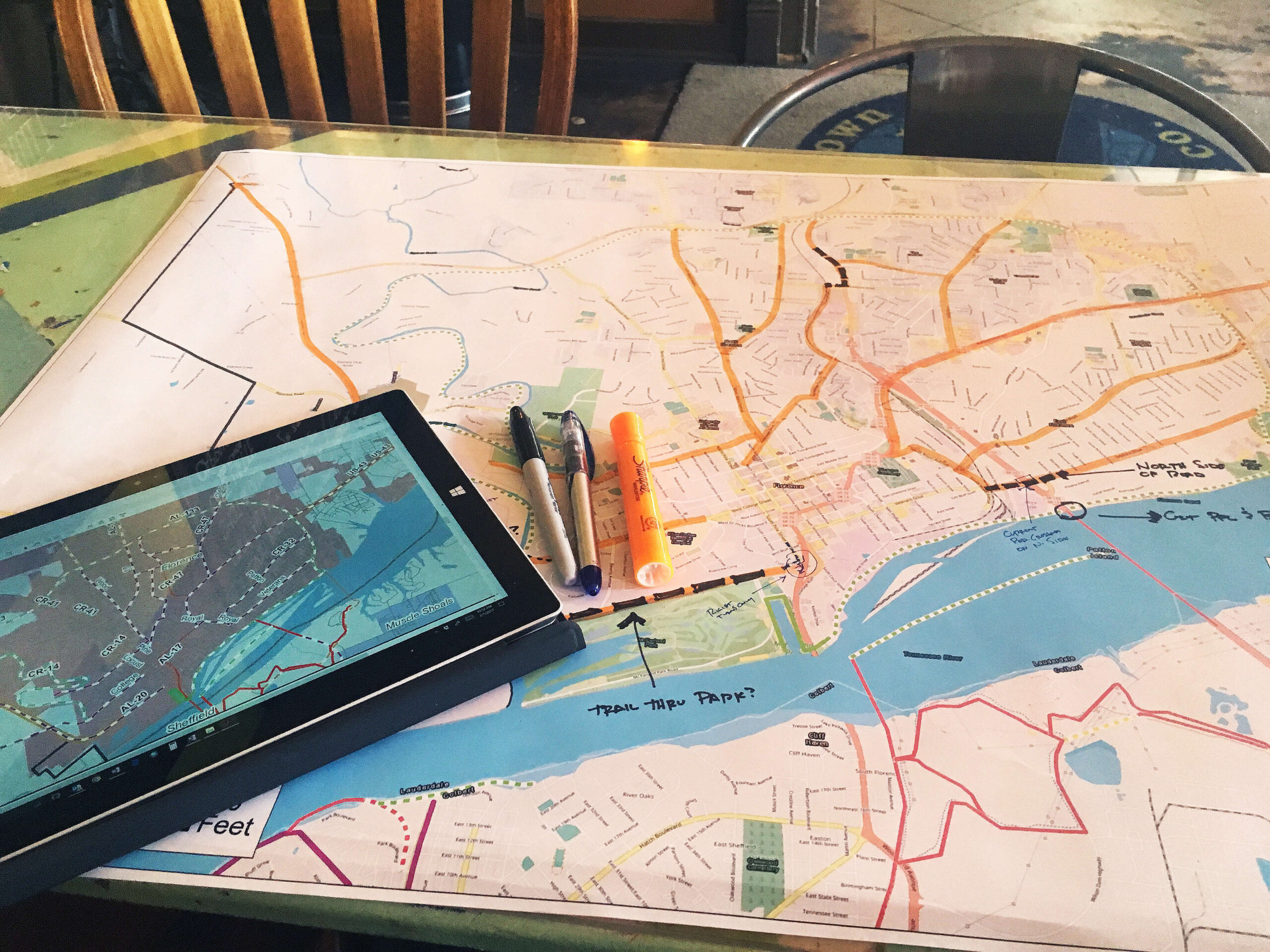
There’s really no better way for a community to tell its story than through a carefully crafted long-range plan for growth. However, authenticity is a critical element of the story that is often overlooked or misunderstood.
That’s the role of a planner – to guide communities through the process of deciding who they are and where they want to go, then determine how to best leverage those assets to achieve strategic long-range objectives.
Authenticity can mean a lot of things – the history of a community, its strengths, where they want to go, etc. Planners first analyze and research the history of a location, why it was founded, how they’ve grown, why they’ve grown and the dynamics that got them to where they are today. Each community is unique, and the planners use their experience to help find, build upon and emphasize those features that set a community apart.
In some places, that history has evolved. A community might have an agricultural or industrial background, for example, but changes in market dynamics have transformed its purpose. Therefore, planners spend a significant amount of time getting to understand a community from a data perspective.
Eventually, planners will pivot from a quantitative to qualitative analysis. That’s when the true work begins, as they seek to engage the community in order to hear, one-on-one or in groups, from families who have lived and worked there for their entire lives or new residents to the community. In the process, the community is given the opportunity to share its voice in creating a vision for the future.
A small group of planners typically leads the process of building consensus and ensuring that residents understand the purpose of the exercise. They recognize that, in the end, “buy in” from a majority of the community is conducive to the long-term success of the plan. Throughout the exercise, planners sometimes lean heavily on the expertise of others, such as landscape architects, urban designers, architects and engineers. They also use the services of various subconsultants for help with economic development or mobility.
Bringing these ideas – typically in the form of recommended actions – back to the city is the closing piece, whereby planners capture those inputs they have gathered over a 10- to 12-month period and encapsulate them into a preliminary plan, whether a written document, series of maps or other graphic representations. However, even after a plan is developed and completed, the community should periodically revisit and potentially revise the plan every 5 to 7 years to accommodate any changing conditions or market dynamics.
A comprehensive plan can play a critical role in guiding a community for decades. For example, a community’s goal might be to become the best retirement community in the South. In order to achieve that objective, however, there will likely be several steps that can take years to put into place – e.g. improved health care, diversity in housing options, accessibility, connectivity, retail opportunities etc.
Most importantly, there is not a “one-size-fits-all” planning template for every community. This is why the efforts of the residents, community leaders and planners to identify unique aspects of each place bring about the authentic vision – supported by specific action steps – for future growth and development.
Read the full article starting on page 15 of the Spring issue of the Alabama Municipal Journal here.